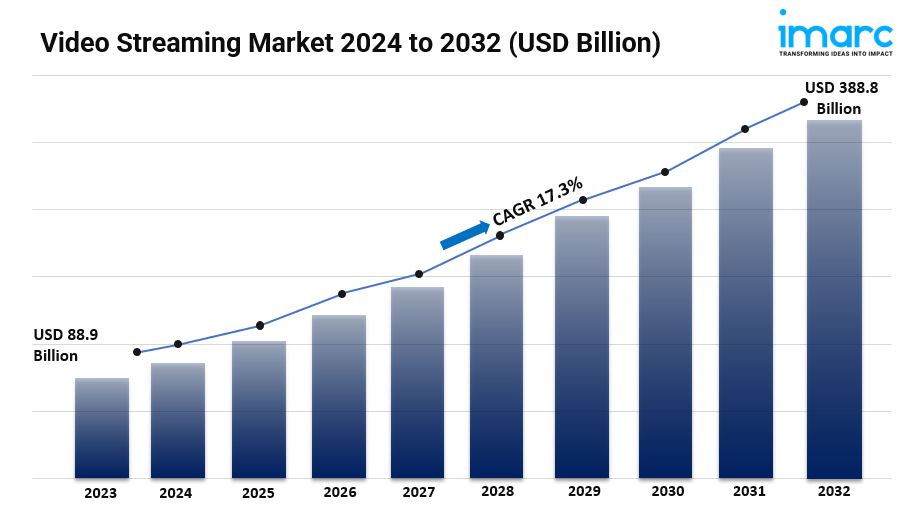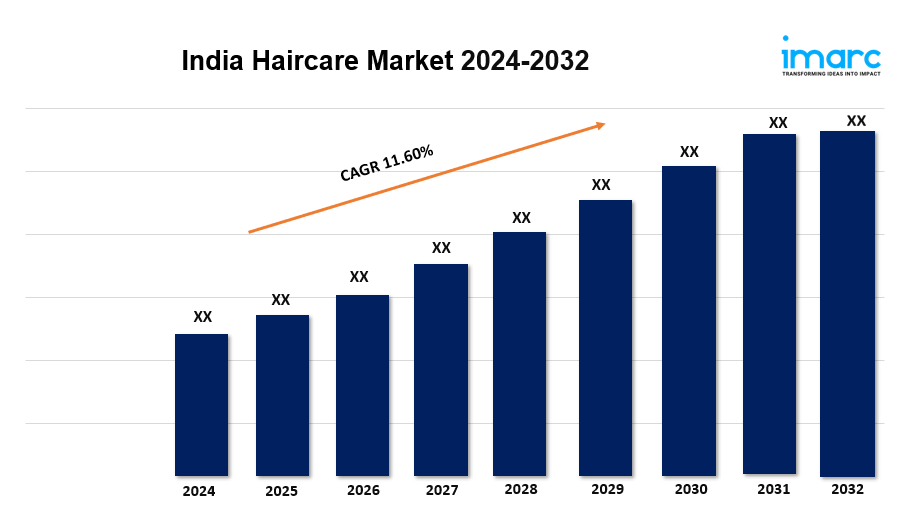How to create an executive communications strategy that builds your business
It goes without saying that the world of work has changed. Remote work is in, and the days of the invisible C-suite are out. And with new data revealing that the majority of people expect CEOs to be the face of change at a company, strong executive communications are a must.
Communications professionals are increasingly involved with managing brand and corporate identity. Executive communications can benefit both of these elements, your comms strategy as a whole and can even boost employee morale and company visibility.
Let’s get into the question of, “What is executive communication?” and how to get started.
What is executive communication?
Executive communications are any communication (face-to-face, written, virtual, etc.) that come from the members of a company’s C-suite or leadership team—not just the CEO.
Internally, this can look like emails, coffee talks, town halls and Slack chats with employees. Externally this can be through social media, media appearances, investor calls and more.
Why should you have an executive communications strategy?
Executive communications can also shape how audiences perceive, trust and interact with your company. The NAACP’s social and PR teams work together with their CEO to create “Tweetments” that serve as official public statements and strengthen relationships with journalists. And after a crisis at Virgin Galactic, it was CEO Richard Branson’s immediate, empathetic response that helped the brand save face.
It’s never been more important for brands and leadership to be transparent. According to Sprout Social’s #BrandsGetReal report, 32% of consumers say CEO transparency on social would inspire them to buy from that business. And 63% of people say CEOs who have their own social profiles are better representatives for their companies than ones who don’t.
From boosting brand awareness and PR efforts, to aiding in perception and transparency, executive communications are a powerful tool in your communications strategy toolbelt. As HubSpot’s Director of Executive Communications Hannah Fleishman puts it, “The reality is, an executive’s platform is one of the most powerful recruiting, marketing and sales tools a company has.”
An executive communications strategy exists to remove blockers, provide structure and safeguards and empowers executives to keep up a regular presence.
Looking for some must-follow B2B startup CEOs.
I’m talking “change the world” kinda companies.
Any recommendations?
— Jason Bradwell 👋 (@JasonRBradwell) April 18, 2022














